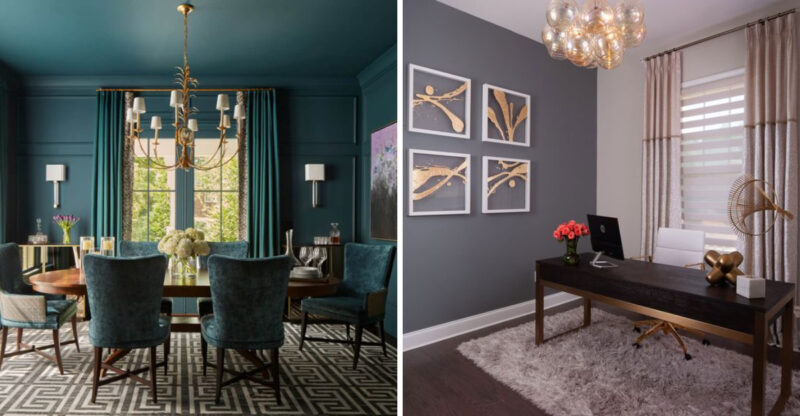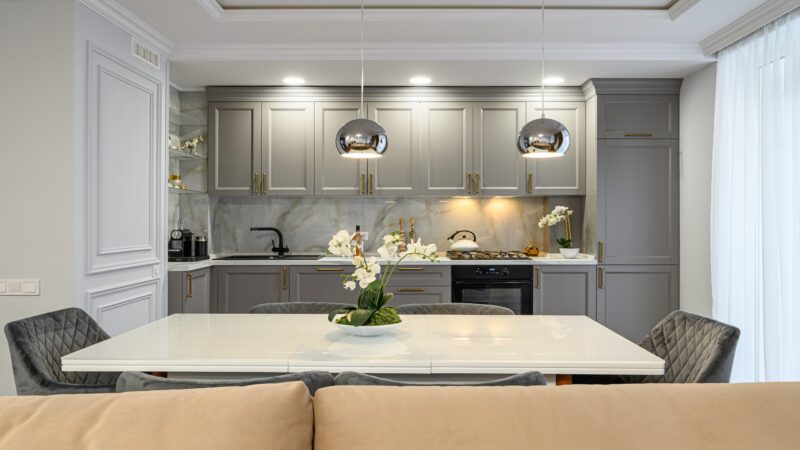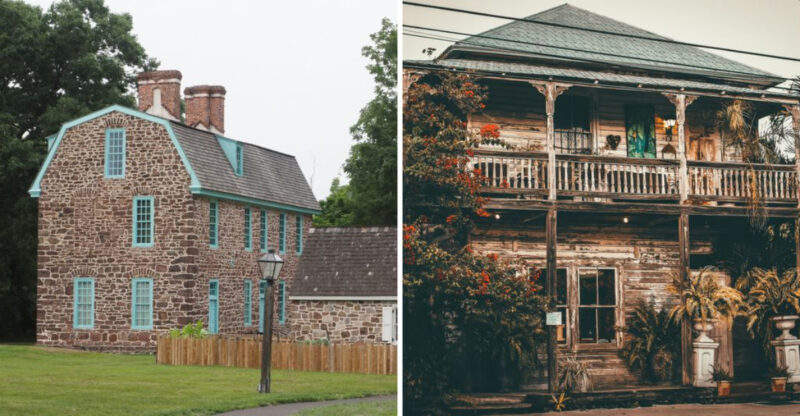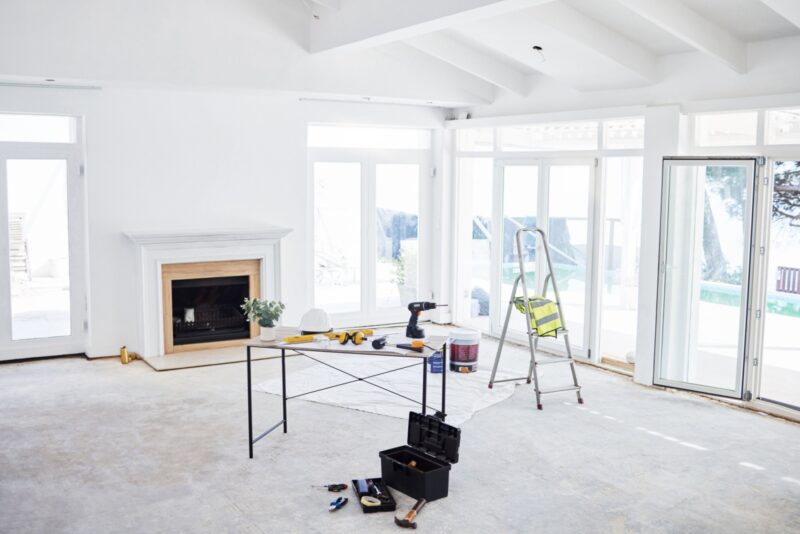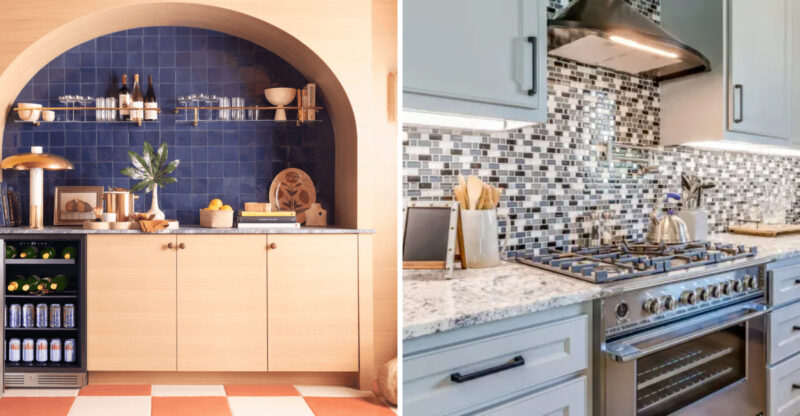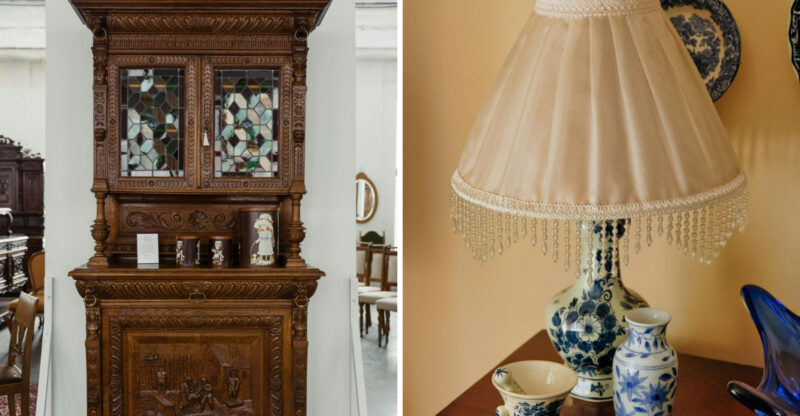Common Decorating Mistakes To Avoid In Small Living Rooms
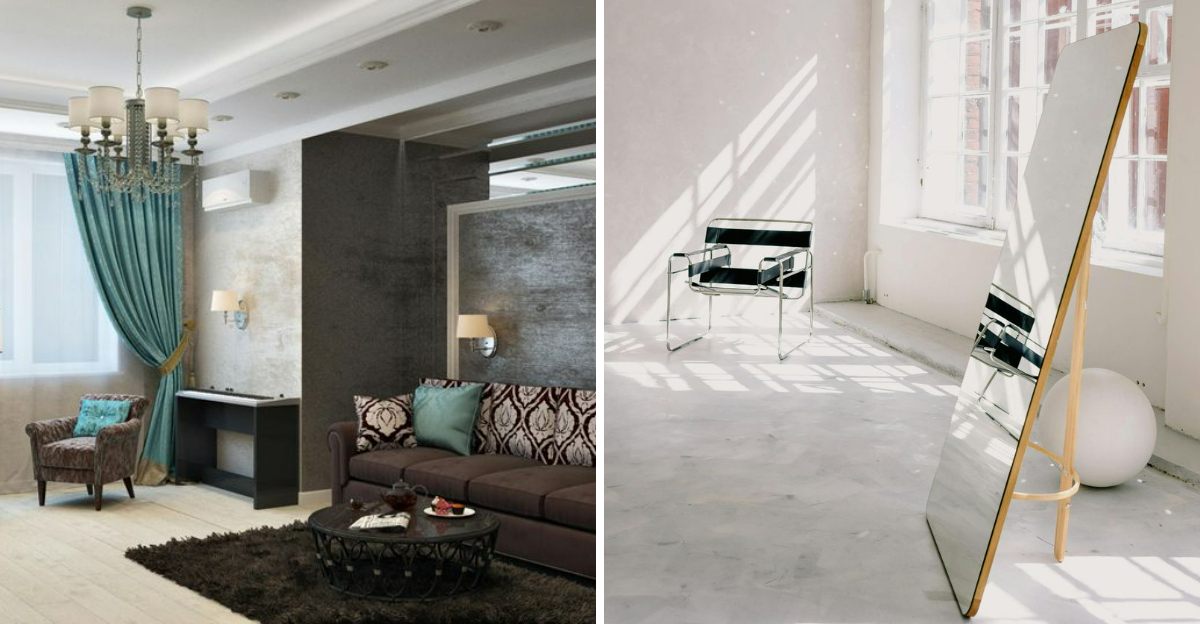
Decorating a small living room can sometimes feel like trying to fit too much into too little space. Every choice matters, and the wrong piece of furniture or accessory can quickly make the room feel crowded. By steering clear of a few common mistakes, you can turn your compact area into one that feels open and practical.
The ideas in this article are meant as general guidance, results may vary depending on layout, furniture style, and personal taste.
1. Oversized Furniture Takeover
That plush sectional sofa might be calling your name at the furniture store, but beware! Bulky pieces eat up precious floor space and create an instant cramped feeling. Scale matters tremendously in small rooms.
Look for furniture with exposed legs instead, which creates visual breathing room underneath. Measure your space carefully before purchasing anything, and consider apartment-sized versions of your favorite pieces designed specifically for compact living.
2. Wall-to-Wall Clutter Chaos
Filling every inch of wall space with décor creates visual noise that makes your room feel smaller than it actually is. When surfaces are crowded with knickknacks and walls are packed with art, your eyes have nowhere to rest.
Select a few meaningful pieces instead of displaying your entire collection. Remember that negative space is your friend in small rooms. A curated approach allows special items to shine while giving your space the breathing room it desperately needs.
3. Dark Color Schemes Shrinking Space
Rich, dark colors may look elegant in design magazines, but they can make your small living room feel like a cave. Deep hues absorb light rather than reflect it, visually closing in your walls and ceiling.
Lighter colors bounce light around, creating an airy, open feeling. Consider soft neutrals for larger surfaces like walls and furniture. You can still incorporate your favorite dark colors through smaller accents like pillows, artwork, or a single statement piece without overwhelming the space.
4. Pushed-Back Perimeter Furniture
Shoving all furniture against the walls seems logical when space is tight, but this common approach actually makes rooms feel smaller and creates awkward dead zones in the middle. The resulting layout often feels like a waiting room rather than a comfortable living space.
Try floating some pieces away from walls to create conversation areas. Even pulling your sofa forward just a few inches can make a difference. This counterintuitive approach defines functional zones and can make your room feel more intentionally designed.
5. Heavy Window Treatments Blocking Light
Thick, dark curtains might help you sleep at night, but they’re suffocating your small living room’s potential. Heavy window coverings block natural light, your greatest ally in making a space feel larger, and add visual weight to the room.
Opt for sheer or light-filtering options that maximize daylight while still providing privacy. Hanging curtains closer to the ceiling and extending rods beyond window frames creates an illusion of taller, wider windows. This simple switch can dramatically transform how spacious your room feels.
6. Neglected Vertical Space Potential
When floor space is limited, looking up opens new decorating possibilities! Many people focus exclusively on horizontal surfaces while ignoring the walls and height of their room.
Wall-mounted shelving, hanging plants, and tall, narrow bookcases draw the eye upward, making ceilings appear higher. Vertical stripes or patterns can create a similar elongating effect. By thinking beyond eye level, you’ll discover valuable real estate for both storage and style without sacrificing precious floor space.
7. Inconsistent Style Creating Visual Noise
A hodgepodge of competing styles creates visual confusion that makes small spaces feel chaotic and even smaller. When every piece fights for attention, your eye has nowhere to rest, amplifying the cramped feeling.
Commit to a cohesive look with a limited color palette and complementary design elements. This doesn’t mean everything must match perfectly, aim for harmony rather than uniformity. A consistent style creates a sense of intentionality that makes small spaces feel curated rather than cramped.
8. Neglected Mirrors and Reflective Surfaces
Missing the opportunity to incorporate mirrors is like turning down free square footage! Reflective surfaces are magical in small spaces, bouncing light and creating the illusion of depth where none exists.
Position mirrors across from windows to maximize natural light or use them to reflect an attractive view or focal point. Mirrored furniture, glossy surfaces, and metallic accents contribute to this space-expanding effect. These reflective elements aren’t just decorative, they’re strategic tools that visually double your room’s dimensions.

